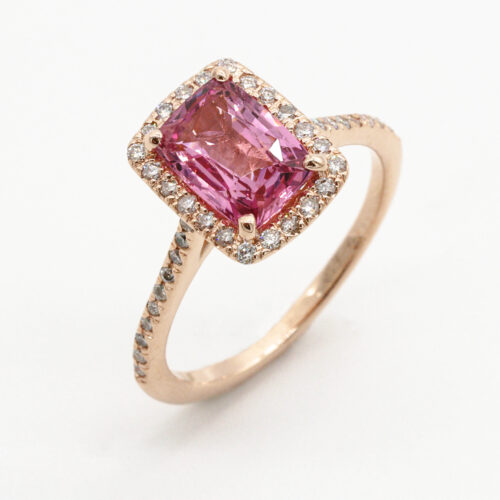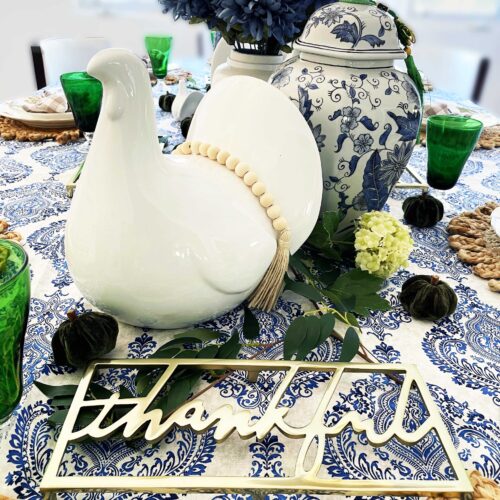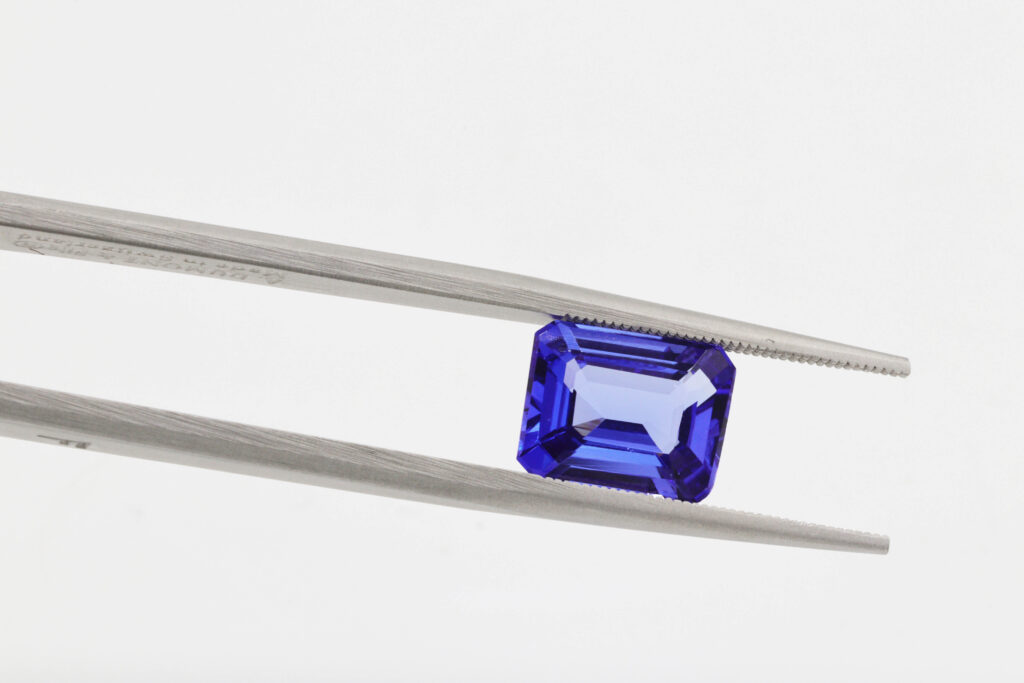
Rock Your Socks Off With Birthstones!
Birthstones are beautiful gems associated with specific months of the year for centuries. These gems symbolize one’s birth month and are believed to hold special powers and bring good luck to those who wear them.
Each birthstone has unique meaning and significance, making them beautiful and meaningful gifts.
This list shares fascinating history behind monthly birthstones, what they represent, and why they are genuinely excellent.
Here are the birthstones for each month, along with their meanings:
- January: Garnet: symbolizes friendship, trust, and loyalty.
- February: Amethyst: symbolizes peace, courage, and stability.
- March: Aquamarine: symbolizes hope, health, and fidelity.
- April: Diamond: -symbolizes love, strength, and eternity.
- May: Emerald: symbolizes rebirth, fertility, and love.
- June: Pearl or Alexandrite: pearls symbolize purity, innocence, and wisdom, while alexandrite symbolizes balance, joy, and self-esteem.
- July: Ruby: symbolizes passion, love, and energy.
- August: Peridot: symbolizes protection, prosperity, and happiness.
- September: Sapphire: symbolizes loyalty, trust, and wisdom.
- October: Opal or Tourmaline: opals symbolize creativity, spontaneity, and imagination, while tourmaline symbolizes balance, healing, and intuition.
- November: Topaz or Citrine: topaz symbolizes strength, healing, and friendship, while citrine symbolizes happiness, success, and abundance.
- December: Turquoise, Tanzanite, or Zircon: turquoise symbolizes wisdom, protection, and good fortune; tanzanite symbolizes balance, transformation, and communication, and zircon symbolizes peace, prosperity, and growth.
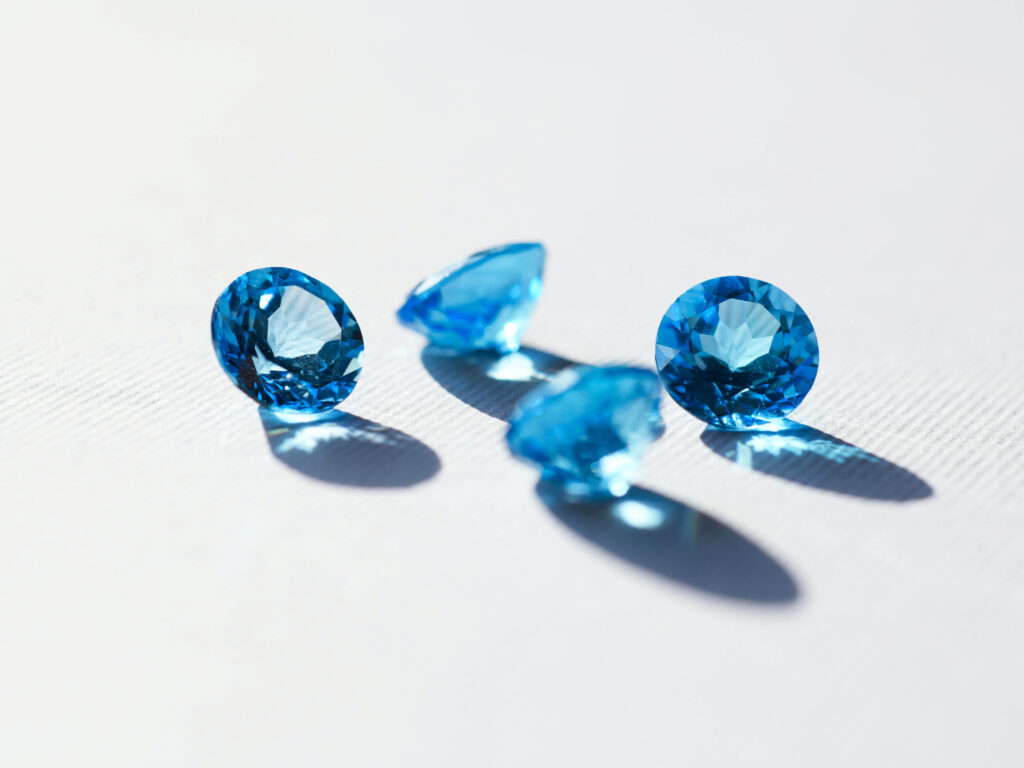
TIP: Some months have multiple birthstones, and the meanings of birthstones may vary depending on the culture or tradition.
Note: heated colored stones. See end of story for info.
Did you know?
Assigning a birthstone to each month originates in ancient Jewish and Christian texts. The Breastplate of Aaron, which was a religious garment worn by the High Priest of the Israelites in ancient times, was said to be adorned with twelve gemstones, each representing one of the twelve tribes of Israel.
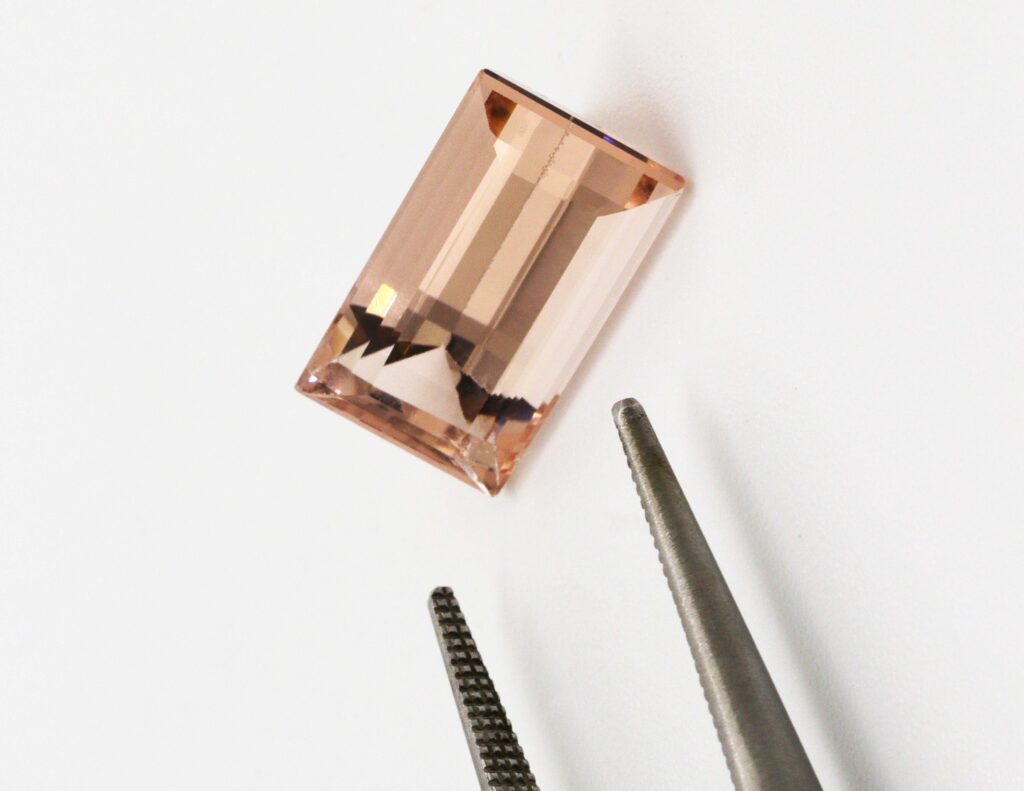
A little history:
Assigning birthstones each month has a long and varied history. The original idea behind birthstones was that each stone had specific properties and meanings associated with different months of the year. In ancient times, people believed that wearing a gemstone during its assigned month would bring good luck and health.
Over time, the list of birthstones for each month has evolved, and different cultures and traditions have assigned different stones each month. Sometimes, certain months have multiple birthstones because several stones are associated with that month based on cultural or historical traditions.
For example, the traditional birthstone for August is peridot, but some cultures also associate sardonyx with August. Similarly, the traditional birthstone for October is the opal, but some traditions also include tourmaline as a birthstone for that month.
Using multiple birthstones for a month is also a way to offer more options and choices to people born during that month, allowing them to choose a stone that resonates with them.
In the 1st century AD, the Jewish historian Josephus wrote about the connection between the twelve gemstones on the Breastplate and the twelve signs of the zodiac. This idea was later adopted by Christian scholars as well. In the Middle Ages, birthstones became popular to connect people with their astrological signs and bring them good fortune and protection.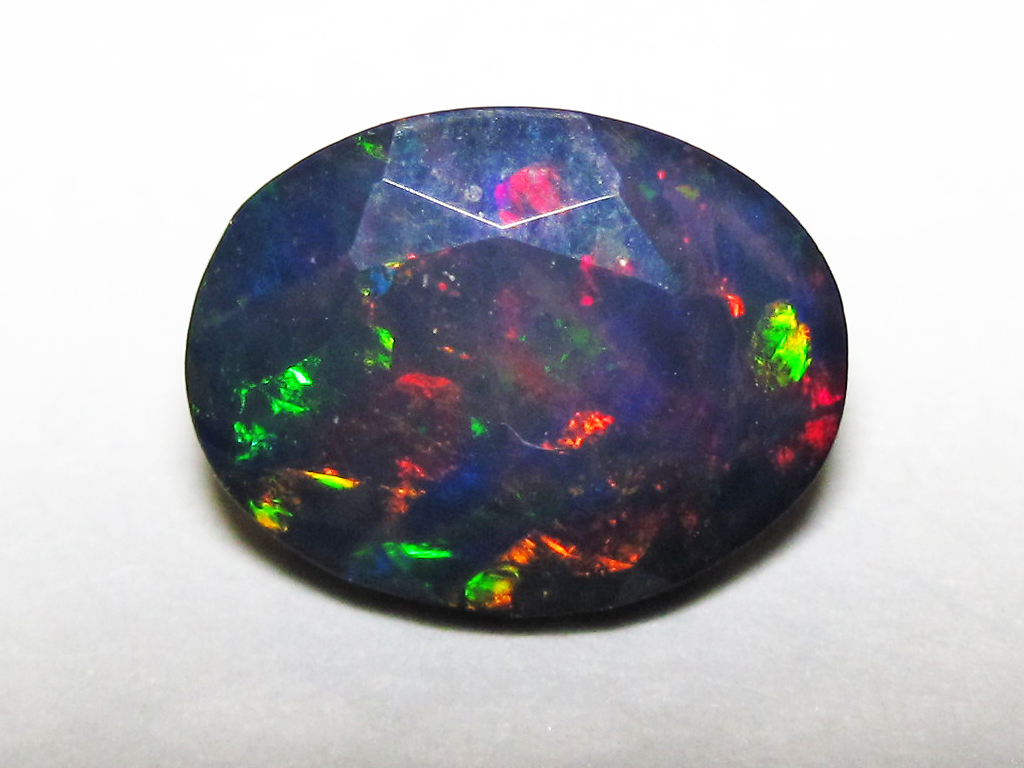
So while birthstones are often associated with modern birth months and Zodiac signs, their origins can be traced back to ancient religious traditions and beliefs.
HEATED STONES: Stones should look clear with imperfections, not clouded.
Also, BEWARE of injected stones.
A heated gemstone is a gemstone that has been treated with heat to enhance its color or clarity. Heat treatment is a common practice in the gemstone industry, and it involves heating a gemstone to a high temperature to improve its appearance. The heat can help to remove inclusions, improve the color saturation, and change the color of the gemstone.
Heat treatment is typically done on gemstones such as sapphires, rubies, and topaz, which are commonly found in nature with visible inclusions or with pale or uneven colors. The heat treatment process can make the gemstone more valuable by improving its appearance and making it more visually appealing.
It’s worth noting that heat treatment is considered an accepted and permanent treatment in the gemstone industry, and the fact that a gemstone has been heated does not necessarily detract from its value or desirability. However, it is important to disclose any treatments a gemstone has undergone when selling or buying, as it can affect the price and value of the stone.
